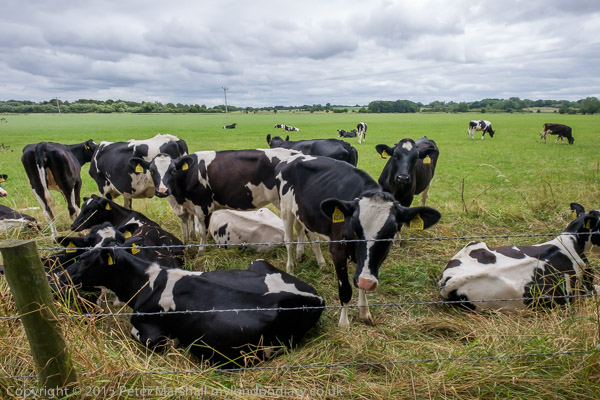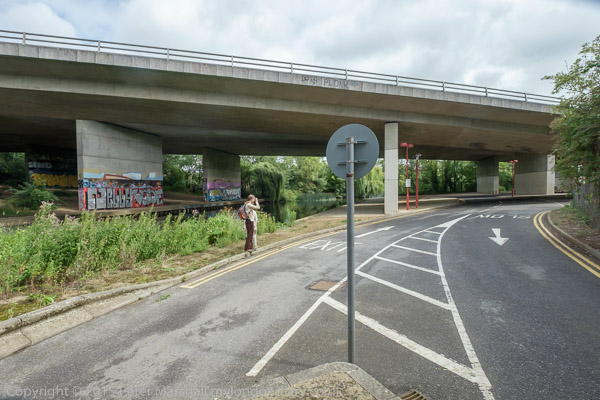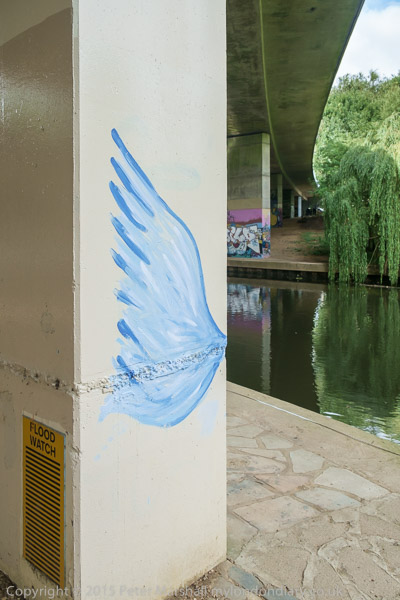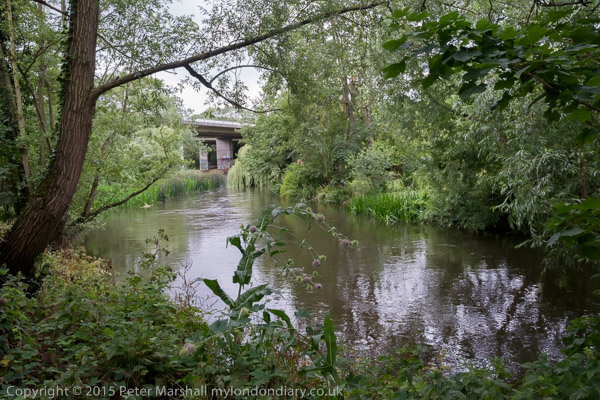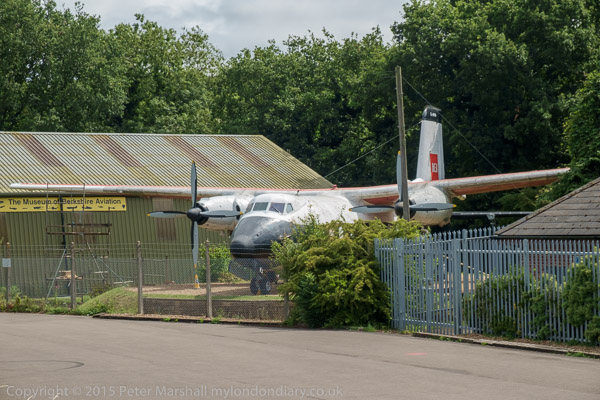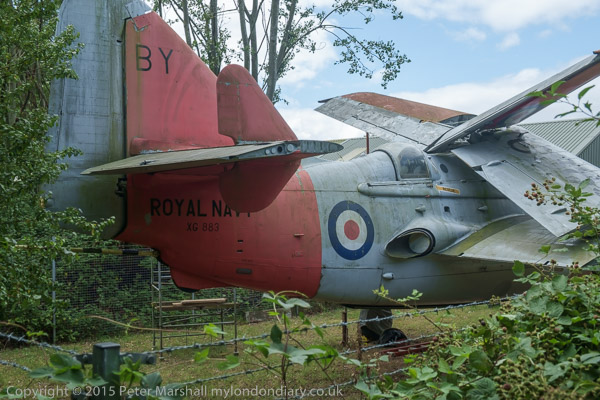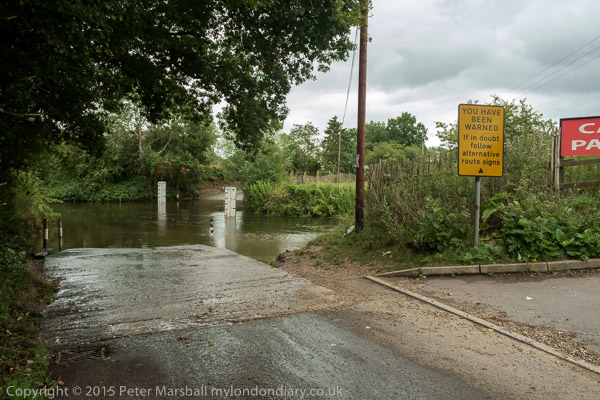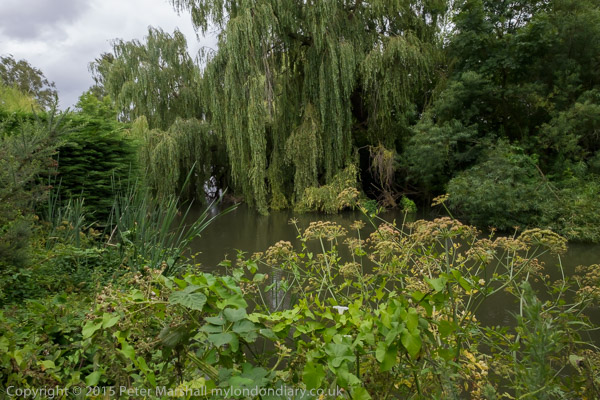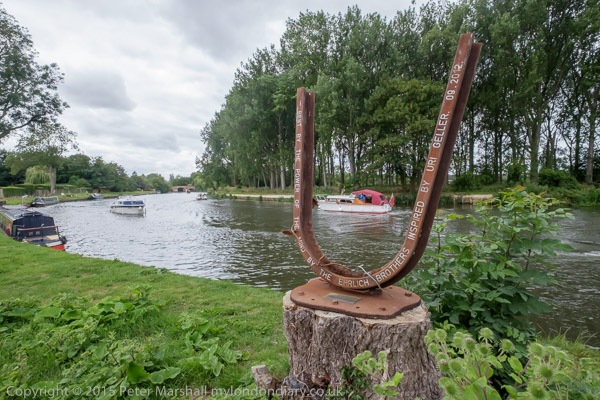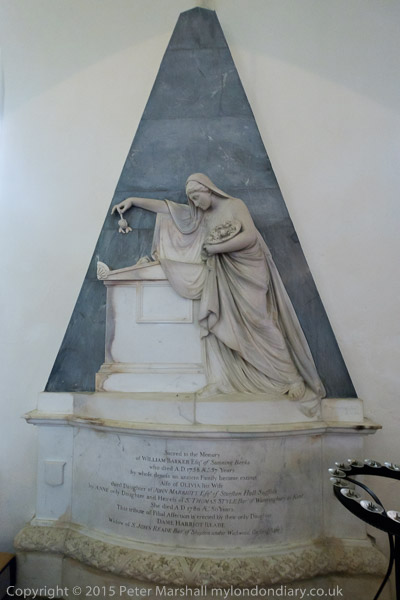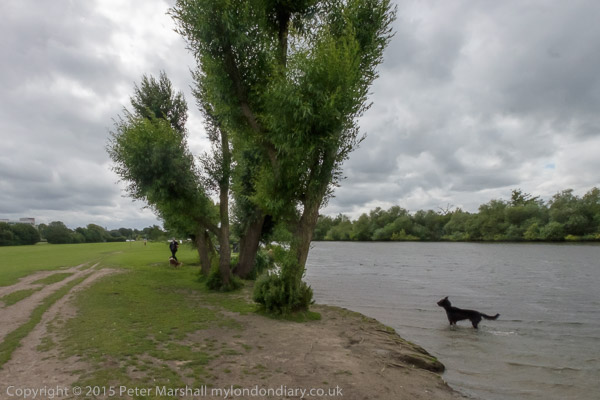Stockwell – Chapel, Church, Jazz & Housing: I thought I had completed the pictures from my walk on 4th June 1989, but find there is a chunk I had left out. As those who have followed my various walks know I often wandered in circles. I think these pictures were taken following those in the post More Stockwell Green & Mary Seacole.
The Khatme Nubuwwat Centre was previously known as Aalami Majlise Tahaffuze Khatme Nubuwwat and is also known as Stockwell Green Mosque. It was the subject of an investigation by the Charity Commission in 2016 over its links with Pakistani groups advocating the killing of Ahmadi Muslims. Its name means that Muhammad is the last of the prophets, while Ahmadis are a minority Muslim sect who believe the Prophet Mohammad is not the last and final messenger.
Another picture of Stockwell Green Mosque with the number 35 and its name in 1989, Aalami Majlise Tahaffuze Khatme Nubuwwat, at the side of the door.
Confusingly this building still appears to be Grade II listed as Stockwell Green United Reformed Church, although it was sold to the mosque in 1988, when that church moved to smaller premises. It also gives the address as Union Mews. The listing text says it is a classical chapel dating from around 1830. It was known as Stockwell New Chapel and was where William Booth and Catherine Mumford the founders of The Salvation Army were married on 17th June 1855.
I’m surprised that when it was listed in 1981 a more exact date could not be given as most chapels have foundation stones with names and dates. It was built in 1798, but was extended and given this facade by architect Hames Wilson in 1850.
I went back to Landor Road and made another picture of the Anglican St Andrew’s Church seen from the corner of Stockwell Green, showing the oversize circular window at its east end, doubtless part of H E Roe’s Romanesque rebuilding in 1867.
The house at the left, 22 Stockwell Green is early 19th century and Grade II listed.
I think this may have been an entrance to the Plough pub, on the corner of Stockwell Green and with the address 90 Stockwell Road, though nothing there resembles this now.
The Plough had been on this site since brewery records began in 1666, but was rebuilt in the 1930s as a Truman pub designed by A E Sewell. It was a well-known jazz venue in the 1960s and 70s with performances by some of Britain’s best jazz musicians and some live recordings were made in the bar.
By the 1990s the audience for live jazz had declined and two letters of its name had fallen from the sign and it was relaunched as a garish bar, the Plug. But this was unsuccessful and closed in 2001. The upper floors are now residential but the ground floor seems to still be empty 22 years later.
Built as Ingram House, architect Arthur T Bolton, it opened in 1905 as a residential club for young men and later was taken over the the YWCA for young ladies. In 1937 it became King George’s House, a home for working boys aged 14-18 run by the John Benn Boys’ Hostel Association. It is now run by Evolve Housing as “an 87 bed service for single homeless young people from 16 years of age with a range of support needs.“
The rather tall gates were firmly locked when I made this picture from the street.
Cassell House is in Stockwell Gardens West and has flat numbers 1-81. The estate was built by the London County Council from around 1930 on. Cassell House is a large complex with this curved block behind a group of buildings including the Swan pub on the corner of Clapham Road and Stockwell Road more or less opposite the Stockwell Underground Station.
Stockwell’s most famous gardens, the botanical gardens of John Tradescant lay a little to the north.
A few more of the ‘missing’ pictures in a later post.






